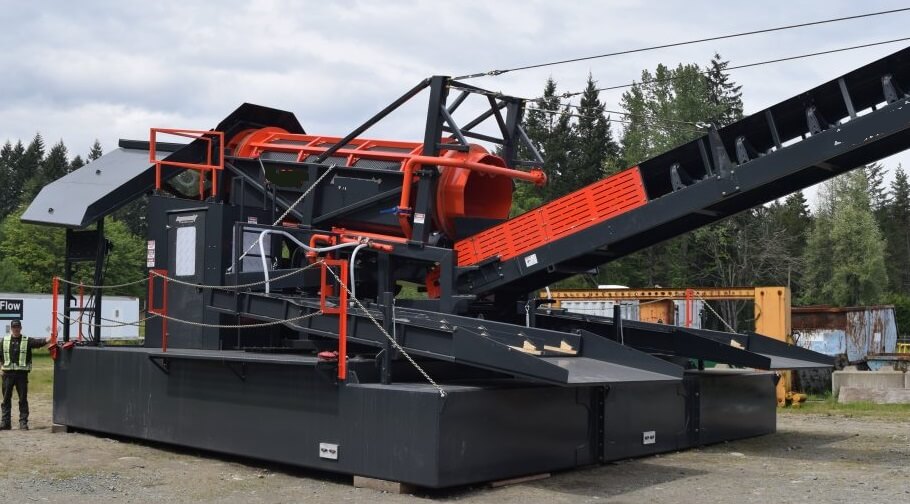Figure 125, A and B shows typical arrangements using floating gold washing and gold-saving plants (“boats”). Figure 125, C, is a plan of an operation where the gravel is first dug by a power shovel and is then picked up by a dredge equipped with a light bucket line.
Where floating plants can be employed, operating costs usually are lower than with dry-land plants, largely because the disposal of tailings is simplified and is cheaper. Figure 126 shows the essential features of a floating washer and gold-saving plant. In operation, the excavator discharges the gravel into a hopper on the float, whence it is fed to a trommel, where it is washed and the boulders are removed and then to the sluices or other gold-saving devices. Table 49 presents data on placer mines employing power excavators with floating washing and gold-saving plants.





Land plants are of varied design and are not standardized. They are of two general types, however—movable and stationary. Movable plants may be mounted on caterpillars, on a wheeled chassis running on tracks, or on wide, flat wheels that may be self-propelled or may be towed by the excavating machine. A semiportable type is mounted on skids. When movable plants are used, the disposal of tailings is facilitated, as the plant follows the excavator and can discharge the tailings into the worked-out part of the pit. With stationary plants it is necessary to provide auxiliary equipment for removing and disposing of the tailings, introducing an additional item of operating expense. The essential elements of a movable washing and gold-saving plant (fig. 127) are the chassis and means of locomotion and frame-

work to support the equipment. The equipment consists of a washer, which is usually a trommel screen, power unit (for operating pumps), pumps, gold-saving equipment, and rock stacker. The gold-saving equipment may consist of riffled sluiceboxes, power rockers, centrifugal gold savers, or similar equipment. Figure 128 illustrates two general plans of operation using movable dry-land washing plants.
Stationary land plants are similar to movable land plants with respect to washing equipment and differ from them mainly in their lack of mobility and in the method of disposing of the tailings. Usually they are employed where water is scarce and frequently require a pumping plant for delivering wash water through pipe lines from wells or other sources of supply. They can be of more rugged construction than movable plants, are cheaper to build, and can be so situated as to take advantage of natural sites suitable for stacking the tailings. They have the additional advantage that wash water can be kept out of the pit where the excavator is working and the bedrock is thus exposed and can be cleaned more easily and thoroughly. Because of the high-operating cost, their use is restricted to mining of higher-


grade deposits. Figure 129 shows typical set-ups for stationary plants. Table 50 presents data on placer operations employing dry-land plants.


